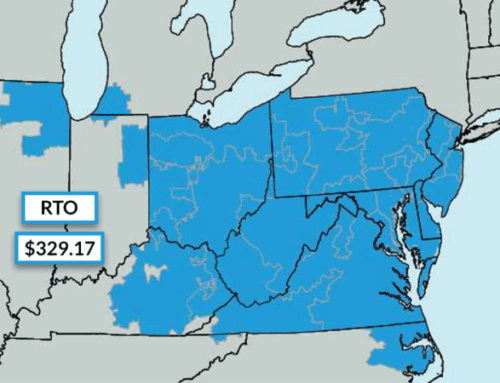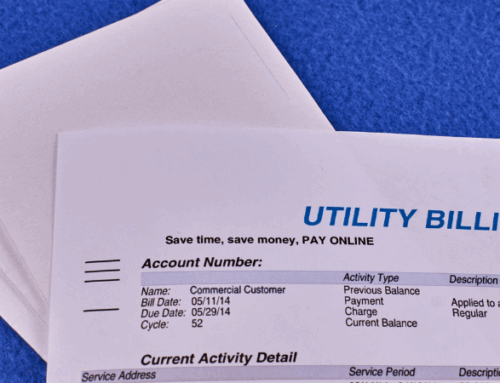Locational Marginal Pricing (LMP) is a fundamental mechanism used in wholesale electricity markets to determine energy prices based on location. This system ensures efficient energy delivery by reflecting the true cost of providing electricity at different locations within the electric grid. Understanding LMP and how it’s calculated is crucial for anyone involved in the energy sector, as it directly impacts energy costs, transmission congestion, and the overall stability of the electricity supply industry. This article aims to simplify locational marginal pricing, which can be deemed as a complex subject matter.
What Is Locational Marginal Pricing?
Locational Marginal Pricing, often referred to simply as LMP, is a pricing method used by power grid operators to determine the cost of electricity at different locations, or nodes, within the transmission network. The LMP price reflects the cost of electric power generation, the cost of delivering that power to a specific location, and the cost of managing transmission constraints in a local area. Remember, not all locations on the electricity grid are created equal. When there is more consumer demand in a certain region, this can drive up electricity congestion costs and create large price differences between locations. Let’s explore more about how LMP prices are calculated below.
How Does LMP Electric Pricing Work?
In a locational marginal pricing market, electricity prices are calculated for various nodes or locations on the grid. These prices between locations vary depending on the demand for electricity and the availability of transmission capacity in a specific region. Since power prices fluctuate with supply and demand, LMP ensures that electricity is priced efficiently, taking into account local consumer demand and energy supply costs.
How is LMP Calculated?
The formula for calculated LMP is (energy) + (congestion) + (line losses). This LMP calculation involves three main cost components:
1. Energy Component
This is the cost of generating electricity at the marginal power plant. The marginal power plant is the generating asset that is dispatched to meet local consumer demand in real time.
2. Congestion Component
This is the cost that is associated with delivering electricity to an area when there are transmission constraints. Electrical transmission constraints can occur when there is a lot of demand in a certain area of the grid. Because so much energy is needed to flow over the lines to meet demand, this creates a higher congestion cost.
3. Line Loss Component
This is the cost of energy losses that occur when electricity is transmitted over long distances. In some regions, transmission lines are outdated and inefficient. This can cause line losses to be greater in these regions, increasing the total LMP price.
Electric grid operators use sophisticated software to calculate LMP in real-time, considering these components to ensure that electricity prices reflect the true cost of energy delivery.
How Locational Marginal Pricing Impacts Energy Customers
Unless you are an energy industry veteran, LMP probably sounds like a foreign term. And even for large energy consumers paying millions of dollars per year in electricity costs, they may not even be aware of how LMP affects their energy bills. Here are the different ways locational marginal pricing impacts the anatomy of your electricity bill:
Energy Contract Structure
Discovering whether LMP prices directly impact your energy costs depends on your energy contract price structure. For businesses purchasing fully bundled fixed-rate electricity plans, LMP prices do not directly impact your costs. Under this structure, you pay the retail energy supplier a single price for all units of energy consumed and the supplier assumes the risk of the volatile LMP market.
If you are on a hybrid energy contract, such as a block + index for example, then LMP prices come into play and will directly affect your costs. The index portion of your energy contract will be billed at the LMP rate. The terms and conditions of your retail energy agreement will verify how the LMP is calculated and billed as energy suppliers can account for this in different ways.
Day Ahead vs. Real-Time LMPs
Day-ahead Locational Marginal Prices (LMPs) and real-time LMPs are two distinct pricing mechanisms used in the wholesale energy market to determine electricity prices. Day-ahead LMPs are calculated based on forecasts of electricity demand and generation capacity for the next day. These prices are determined through a market-clearing process that matches supply and demand, providing a stable and predictable pricing structure for the following day.
In contrast, real-time LMPs are calculated on an hourly or even more frequent basis, reflecting the actual conditions of the electricity grid. These prices can fluctuate significantly due to real-time changes in demand, generation availability, and transmission constraints. While day-ahead LMPs offer foresight and stability, real-time LMPs provide a more accurate reflection of the current grid conditions, ensuring efficient energy dispatch and addressing any unexpected variations in the system.
Consumers paying LMP prices for index power typically are charged the day-ahead price; however, some retail electric suppliers reconcile surplus or deficit energy consumption in the real-time market.
LMP Hedging
Predicting the future price of the LMP can be difficult as these prices are quite volatile. Some retail energy suppliers utilize financial transmission rights, or FTRs, to hedge LMP prices. FTRs are contracts granting rights to certain electrical transmission pathways. If congestion on a particular pathway increases, so does the value of the FTR contract, allowing the supplier to offset increasing LMP prices.
Need Help Deciphering Locational Power Prices?
Locational Marginal Pricing is a vital tool in the wholesale energy market, ensuring that electricity prices reflect the true cost of generation, transmission, and distribution. By considering energy costs, transmission congestion, and transmission constraints, LMP helps maintain an efficient and reliable electricity supply system. As the energy landscape evolves with increased renewable energy integration and technological advancements, understanding LMP will be essential for navigating the complexities of the electricity market. Contact our team of electric market experts today to learn more about LMPs and how they can impact your bottom line.



